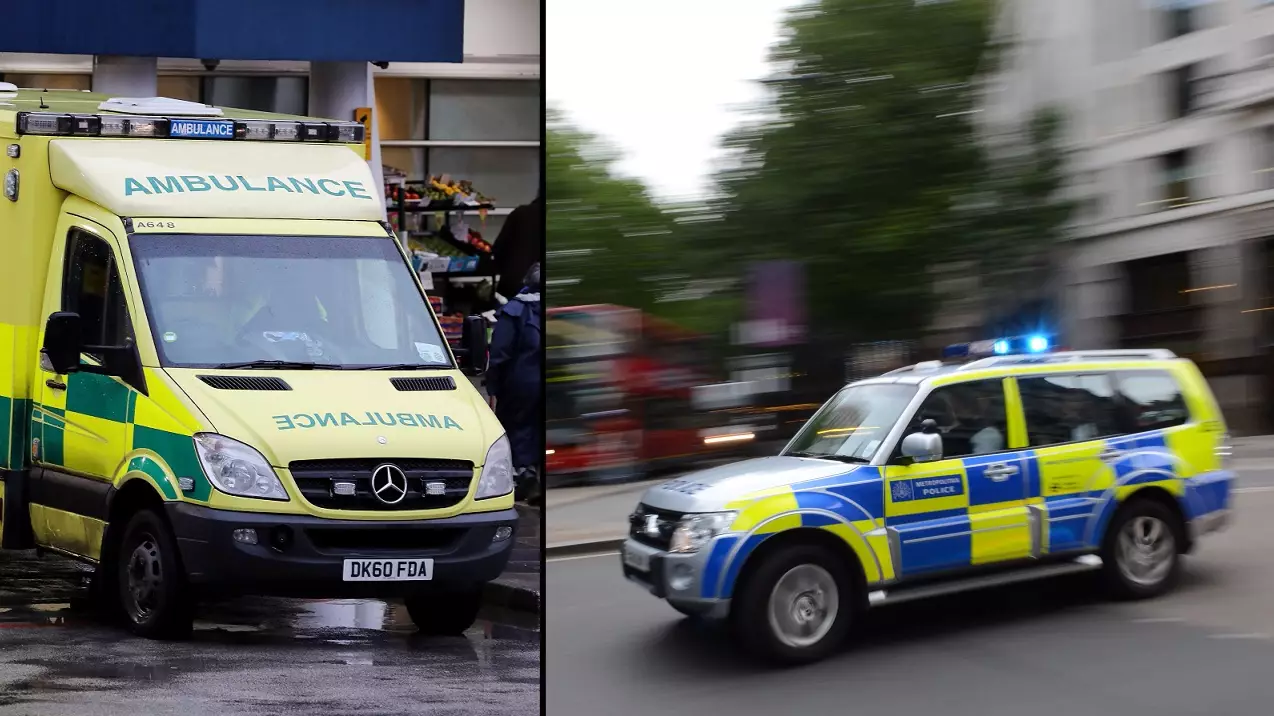
We've all been there. The traffic is bumper-to-bumper and suddenly there's the whirr of a siren and the thought of 'shit'! You've got to let an emergency vehicle through as quick as possible.
You think about inching past the red light, mounting the kerb, or using the verge. It's unnecessary pressure, but the 999 guys it's important they get through.
So, what can you do? The Bristol Post explored what's legal and what isn't in such a situation.

Credit: PA
Advert
If you weren't aware, the Highway Code has a ruling in it all about what to do in these situations. Rule 219 states: "You should look and listen for ambulances, fire engines, police, doctors or other emergency vehicles using flashing blue, red or green lights and sirens, or flashing headlights, or traffic officer and incident support vehicles using flashing amber lights."
The code also advises motorists to remain calm and consider the most likely route to be taken by the emergency services.
Most importantly, breaking the law is not encouraged. You'll still be up for prosecution if you enter a bus lane, mount a kerb or run a red light - even if it is to get out the way. It's basically because it puts others in danger.
"Do not endanger yourself, other road users or pedestrians and avoid mounting the kerb," the code says.
"Do not brake harshly on approach to a junction or roundabout, as a following vehicle may not have the same view as you."

Credit: PA
Advert
Basically, do what you can, without breaking the law. If you're in a one-way street, or a situation where the other lane is blocked, you should continue at a suitable speed until the emergency vehicle can go around.
David Williams, the chief executive of GEM Motoring Assist breakdown company, said: "The difficulties come because it is not always clear what they are expected to do in order to provide the best help.
"As a result, too many members of the public are putting themselves in danger, breaking the law or risking damage to their cars while trying to assist an emergency vehicle on a blue light run.
"Emergency service drivers make 'blue light' journeys because someone needs their immediate help. We in turn can help them by giving them the rood they need. In so doing, we may well be helping to save a life."
And if you're on a motorway, avoid the hard shoulder as a method of pulling aside. Chances are, with it being the emptiest lane, the services will shoot down there to reach their intended target quicker.

Credit: PA
Advert
Speeding out the way is likely to cause you further problems, particularly after last month's speeding fine increases. Prior to April 24 the maximum fine for speeding was £1,000, now it's £2,500.
The theory behind it all, is to make drivers 'think twice'. It follows a consultation in 2016 which saw that previous fines for speeding meant the danger of the act was not taken seriously enough.
Featured Image Credit: PA